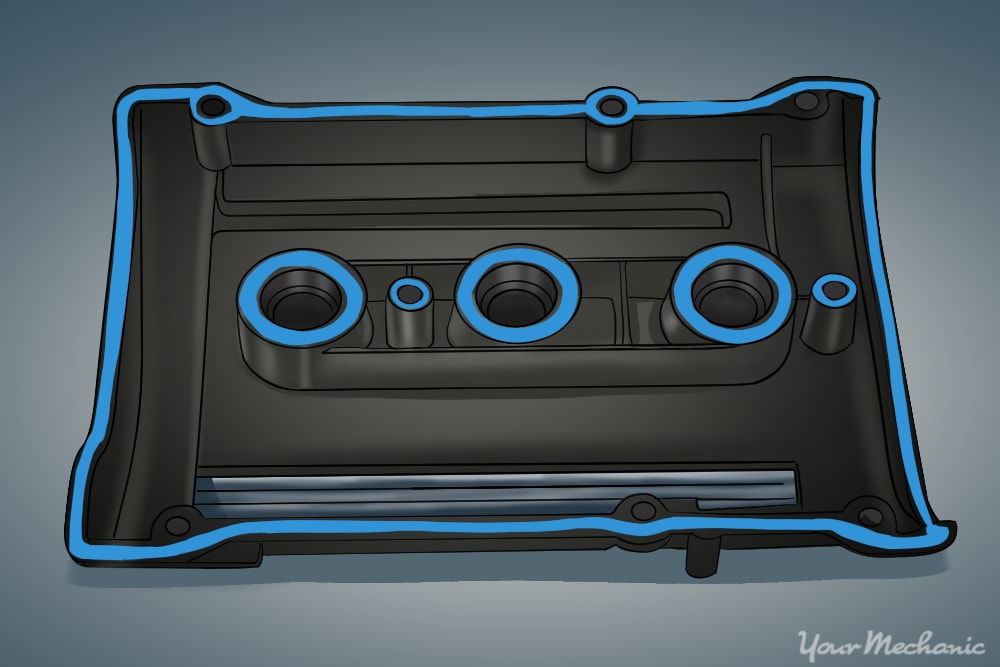

Valve Cover - also called a rocker cover, is a vital component of the engine; it’s a plastic or metal component that is bolted to the top of the cylinder head. The gap between the valve cover and the cylinder head is sealed by a valve cover gasket. The whole setup keeps oil inside the engine, which is important to the engine’s overall health and performance.
Keep in mind:
- The valve cover gasket and seals will naturally break down over time.
- Most valve cover gaskets and seals will last anywhere from 30,000 to 60,000 miles as long as oil changes are being performed regularly.
- Maintaining and making sure the valve cover is properly torqued to retain a proper seal to avoid excessive oil leaks that may cause oil contamination to engine components, electrical sensors, and wiring connectors.
- If you have a check engine light on, you may have an oil leak from your valve cover gasket and oil may have caused damage to the ignition system.
How it's done:
Open the hood. Remove engine cover if equipped. On some applications it will be required to remove ignition coils, spark plug wires, PCV components, harnesses, or cam timing components. Remove valve cover bolts in reverse procedure to installation sequence. Refer to service procedures through the service manual for proper torque sequence. Portion of valve cover may be sealed using factory silicone RTV, using a scraper and removing all traces of factory silicone RTV is essential. Reverse procedure. Ensuring use of proper torque specifications and using a torque wrench to prevent under or over tightening valve cover fasteners. During a replacement of valve cover, a general recommended service would be performing an engine oil and filter change. Also, will need to inspect for contaminated spark plugs or ignition coils and necessary repairs may be required. Complete repair by test driving the vehicle. Inspecting oil dipstick for proper oil level.
Our recommendation:
Do not delay this service and definitely refer to the below symptoms, which can indicate a faulty valve cover when not indicated on the check engine light.
What common symptoms indicate you may need to replace the valve cover?
- Engine running rough
- Reduced engine power
- Burning oil smell
- Dirt and debris covering the valve cover
- Oil spots on your garage floor
- How important is this service?
Why is it important to replace the valve cover?
When a valve cover is cracked or loose, oil leaks out, so this is a vital service to avoid extreme engine wear. Without enough oil, there’s excess friction between the fast moving parts that should be lubricated well. That wears down the parts and will eventually break them.



